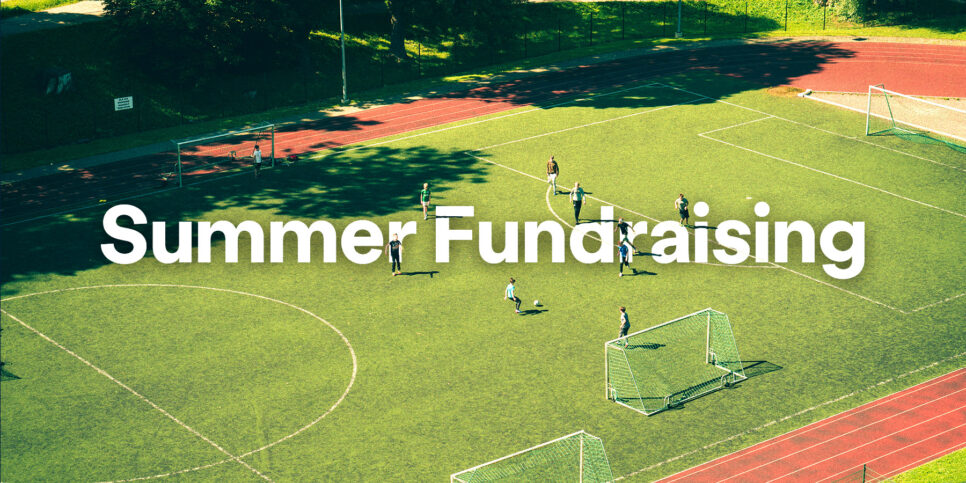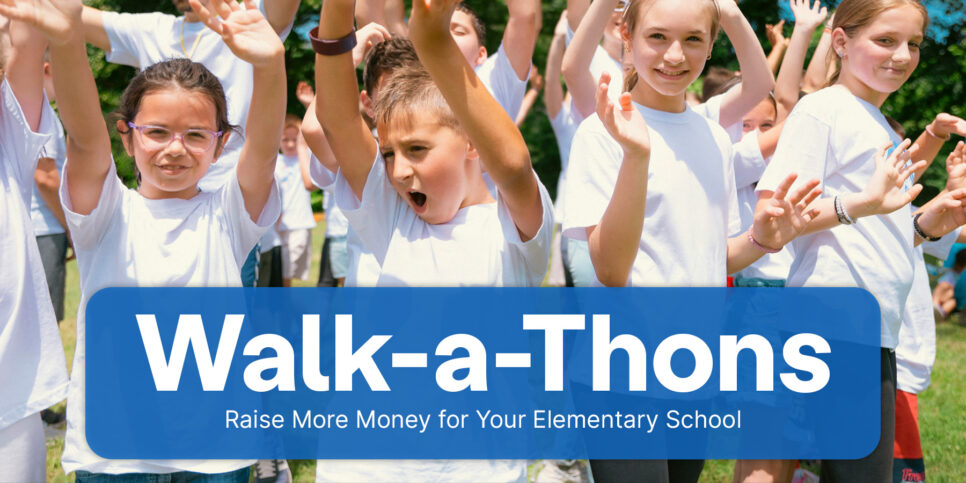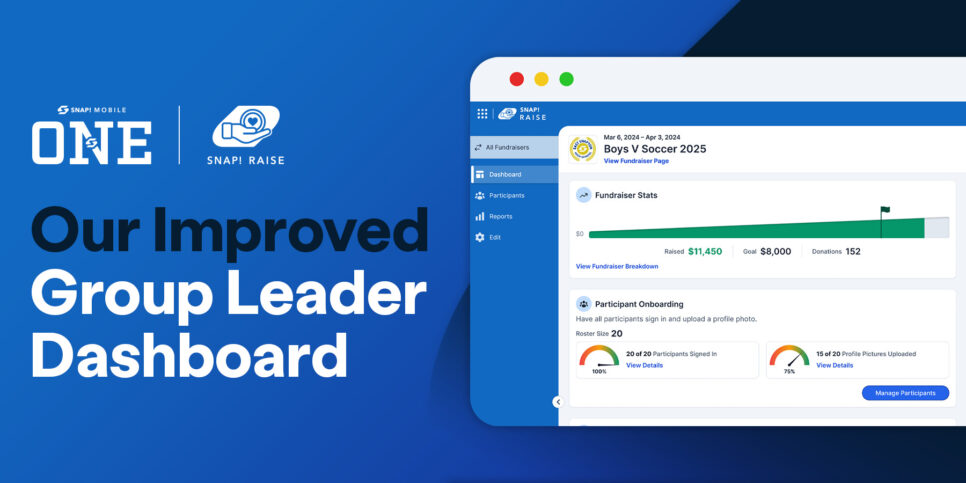

When it’s time for school budget cuts, extracurricular clubs and activities often get the short end of the stick. Nobody would argue that these programs aren’t important, but can we prove the true value of extracurricular activities?
Sure enough, we can.
From academic achievement to personal well-being, here are the 3 biggest ways that extracurricular activities make a lifelong impact on young people.
Whether you are sneaking past your opponent’s Queen with a sly Rook to A4, nailing the high E in your second act ballad, or juking a defender out of their moonboots, the obvious value of extracurricular activities is that they are “fun.” While administrators won’t be shutting down activities in the name of “anti-fun,” some may argue that kids should be putting their limited time towards pursuits that more directly support academic and professional growth.
Considering budgetary limitations and time constraints, is the chess club really all that important? Would it be that big of a deal if the high school spring musical was cancelled? Does the Tuesday afternoon football scrimmage actually matter?
Research points to yes. Not only do extracurricular activities bring the fun factor, studies indicate that they lay a strong foundation for success later in life. Extracurriculars are credited with improving young students’ engagement in school, academic achievement, personal well-being, and beyond. Here’s a quick overview on the impact of extracurricular activities and our take on why extracurriculars are worth fighting for.
1. Personal Well-Being
The image of a student scrawling out their fifth essay of the week, ignoring calls from their friends to come shoot hoops, and developing their first gray hairs is an oft-drawn, dramatized character trope. But evidence suggests that kids could be missing out on personal, holistic benefits by not participating in extracurricular activities.
A landmark 2003 study by Eccles, Barber, Stone, and Hunt concluded that extracurricular activities “provide children with opportunities to gain self-knowledge and a sense of their strengths, values, and interests.” According to the authors, these gains build a foundation for identity exploration, a crucial aspect of adolescent development.4
Additionally, participation in extracurricular activities has been shown to relate to lower depression and greater future social competence in younger children.4 Multiple studies have linked active involvement in high-level, competitive sports to students being more conscientious, efficient, organized, and systematic.1 One study showed that self-esteem, self-concept, and social capital was heightened in kids who participate in school sports.1
If participating in an extracurricular activity can foster confidence and competence in students, a program like chess club becomes so much more than just pieces moving on a board. It’s an opportunity to develop kids, to care for kids, and to give kids the vital personal tools they need to achieve more in their lives.
Snap! Sum-Up | Extracurricular activities can provide a whole slew of benefits to the well-being of participating students, including: self-knowledge; a sense of strengths, values, and interests; identity exploration; lower levels of depression; greater future social competence; conscientiousness; efficiency; organization; systematic abilities; self-esteem; self-concept; and social capital.
Academic Engagement
School Participation and Attendance
Data suggests that involvement in extracurricular activities is associated with greater school participation.
Of a group of public high school seniors studied by researchers O’Brien and Rollefson, a little over half of the students that were involved in extracurricular activities reported no unexcused absences during their first semester. Similarly, a little over half of the involved seniors reported that they never skipped a class that first semester. Seniors who were not involved in an extracurricular program reported less school participation: a little over one-third of non-participating seniors reported having no unexcused absences and a little over two-fifths reported having never skipped a class that first semester.5
A study conducted by Eccles and Barber found similar evidence of extracurricular activities promoting school attachment, showing that students who participated in extracurricular activities not only skipped class less but also enjoyed school more.1
Completing high school is correlated to involvement in extracurricular activities.
One study found that students who were involved in a fine arts extracurricular program, such as dance or drama, were 20% less likely to drop out of high school than non-involved students. Students involved in sports were 70% less likely to drop out of high school.1
Perhaps math and English classes alone aren’t always enough to keep kids’ interest, but the extra pull of delivering a monologue in the school play or getting the chance to throw the javelin at a varsity meet encourages kids to keep showing up.
Snap! Sum-Up | Students that participate in extracurricular activities have fewer unexcused absences, skip class less, enjoy school more, and are more likely to complete high school.
Academic Achievement
Academic achievement may be supported by student participation in extracurricular activities.
A 2016 study conducted by Marchetti, Wilson, and Dunham found that at-risk students from a low socioeconomic background who met ACT reading and mathematics benchmarks were more likely to participate in extracurricular activities than students who did not meet the same standards.3
Irish secondary school students who were involved in a competitive school sports team were shown to have improved leaving examination results when compared to students who did not play on a team.1
In a study of tenth grade students, researchers found that church and volunteer activities, team sports, school involvement, performing arts, and academic clubs were all correlated with better academic performance.1
Transfer Theory
Some researchers propose that extracurricular activities lead to greater academic achievement due to a concept known as “transfer theory.” Transfer theory argues that the skills learned in one area of life can be “transferred” to another to promote greater achievement across the board.
For example, Bradley and Conway hypothesized in 2016 that developing more self-efficacy through participating in music lessons allows students to achieve more in school as a result of their newfound confidence.1 It’s a small, beautiful domino-effect.
So, not only are extracurricular activities found to benefit a student’s personal well-being, but the positive skills (like self-efficacy, efficiency, and social competence) gained through those extracurricular activities can be applied in the classroom—meaning that kids who participate in extracurricular activities are likely to be better students because of it!
Snap! Sum-Up | Students who are involved in extracurricular activities are shown to perform better academically.
3. Future Education
Involvement in extracurricular activities has been shown to be associated with a student’s success in continued education past high school.
Revisiting O’Brien and Rollefson’s group of public high school seniors, less than half of the seniors who were not a part of extracurricular programs reported that they “expect to earn a bachelor’s degree or higher,” while three-fifths of the involved seniors reported that they foresaw earning a bachelor’s degree.5
Involvement in specifically academic-focused extracurricular activities predicts an even greater likelihood of involvement in post-secondary education, for students who are involved in academic extracurricular activities report being enrolled in college at age 21 more often than both non-extracurricular participants and non-academic extracurricular participants.2
If kids associate school with something they love, perhaps kids see school as a place where they can thrive. If they are thriving in high school, it goes to show that maybe they could thrive in college, as well.
Snap! Sum-Up | Participation in extracurricular activities encourages involved students to continue their education past high school.
Extracurricular activities aren’t just extras. They provide real, important benefits to kids that allow them to grow as people, students, and participants in something that they love. Kids are happier with extracurriculars. They are healthier with extracurriculars. They are better with extracurriculars.
Snap! Raise was founded on the conviction that extracurricular activities matter. They matter so much, in fact, that it’s our mission to support these programs by helping educational program leaders and youth coaches fundraise more efficiently and effectively. The more accessible these activities are, the more exposure young people will have to the myriad positive effects provided by extracurricular activities.
With such far-reaching impacts, we believe everyone truly benefits.
References
1 Bradley, J. L., & Conway, P. F. (2016). A dual step transfer model: Sport and non-sport extracurricular activities and the enhancement of academic achievement. British Educational Research Journal, 42(4), 703-728
2 Gilman, R., Meyers, J., & Perez, L. (2004). Structured extracurricular activities among adolescents: Findings and implications for school psychologists. Psychology In The Schools, 41(1), 31-41.
3 Marchetti, R., Wilson, R. .., & Dunham, M. (2016). Academic Achievement and Extracurricular School Activities of At-Risk High School Students. Educational Research Quarterly, 39(4), 3-20.
4 Metsäpelto, R., & Pulkkinen, L. (2012). Socioemotional Behavior and School Achievement in Relation to Extracurricular Activity Participation in Middle Childhood. Scandinavian Journal Of Educational Research, 56(2), 167-182.
5 O’Brien, E., & Rollefson, M. (1995). Extracurricular Participation and Student Engagement. Education Policy Issues: Statistical Perspectives.





